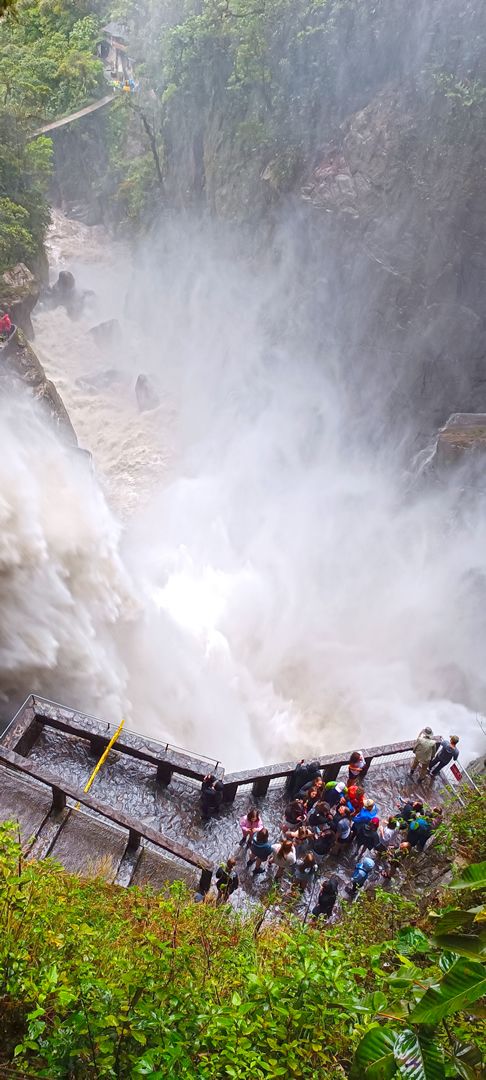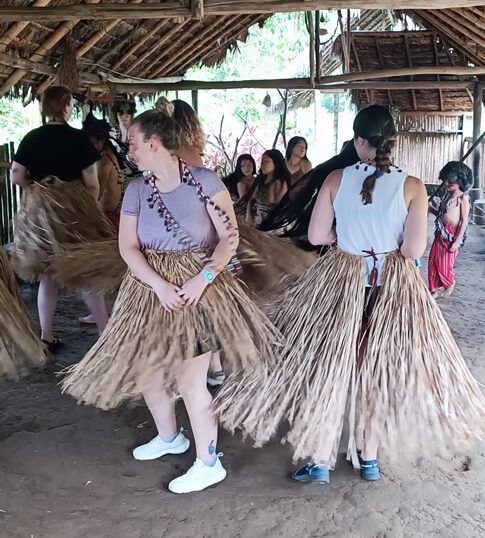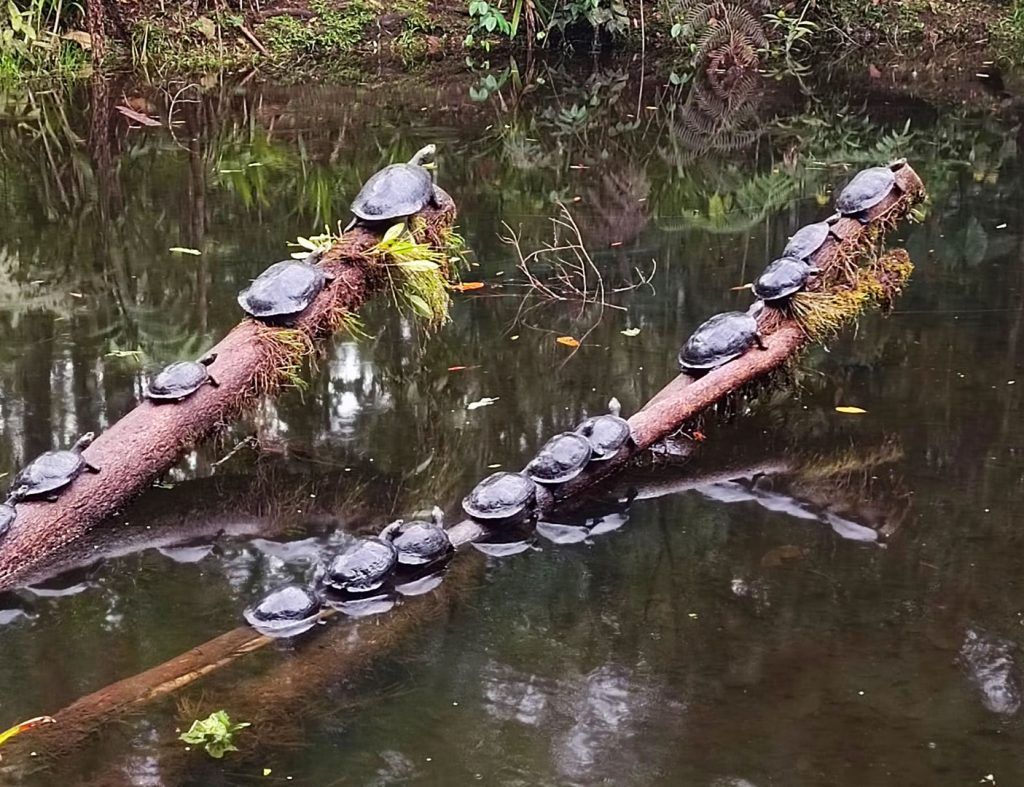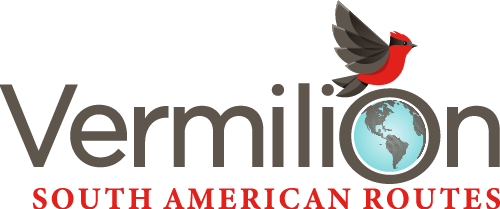Have you heard a night concert of frogs? Have you crossed extensive rivers and observed pink dolphins? Have you lived with ancestral cultures and learned about their customs? This is just a small sample of the adventures that you can live in the heart of the jungle in Ecuador.
This country has the largest number of rivers in the world, so its importance worldwide is enormous (40% of all fresh water on Earth flows through the Amazon basin), and despite only having about 2% of the Amazon, this has been enough to enrich the region with a huge potential in terms of flora and fauna.
In several towns in the Amazon community tourism is developed, which has allowed several tourist sites to be renewed and have the attention and comforts to the delight of those who visit it.
According to the CODESPA Foundation, “Rural community tourism is characterized by placing communities at the center of tourism activity, which incorporates and transmits their organizational forms, their cultural, ancestral, and rural productive practices as key components of tourism products.”

You will be able to access the jungle and discover its beauties hidden among trees and giant waterfalls, its mythical stories and above all its biodiversity. In its waters you can perform rites of spiritual cleansing and connection with nature.
Ecuador has been recognized as the largest exponent of orchids in the world with 4,200 specimens. The Amazon is also home to various animals such as the jaguar, leopard, tapir, capybara, anaconda, and thousands of frogs (in fact, it is where several new species such as the glass frog have been discovered).
In several towns in the Amazon community tourism is developed, which has allowed several tourist sites to be renewed and have the attention and comforts to the delight of those who visit it.
According to the CODESPA Foundation, “Rural community tourism is characterized by placing communities at the center of tourism activity, which incorporates and transmits their organizational forms, their cultural, ancestral, and rural productive practices as key components of tourism products.”
Thus, for years in the eastern sector, community tourism networks have been developing that allow visitors to discover the jungle in the company of native guides with a focus on knowledge and respectful interaction with the environment. Travel by boat through its rivers, visit the Kichwa communities in the area and learn about their traditions and customs.
An example of this way of doing tourism is in Tena, in the Ahuano parish, where the alligator lagoon is located, which, as its name indicates, is inhabited by a large number of alligators and where local guides will accompany you on the boat tour. In the communities he learns the preparation of their food such as chicha, river fishing and the medicinal powers of plants.








